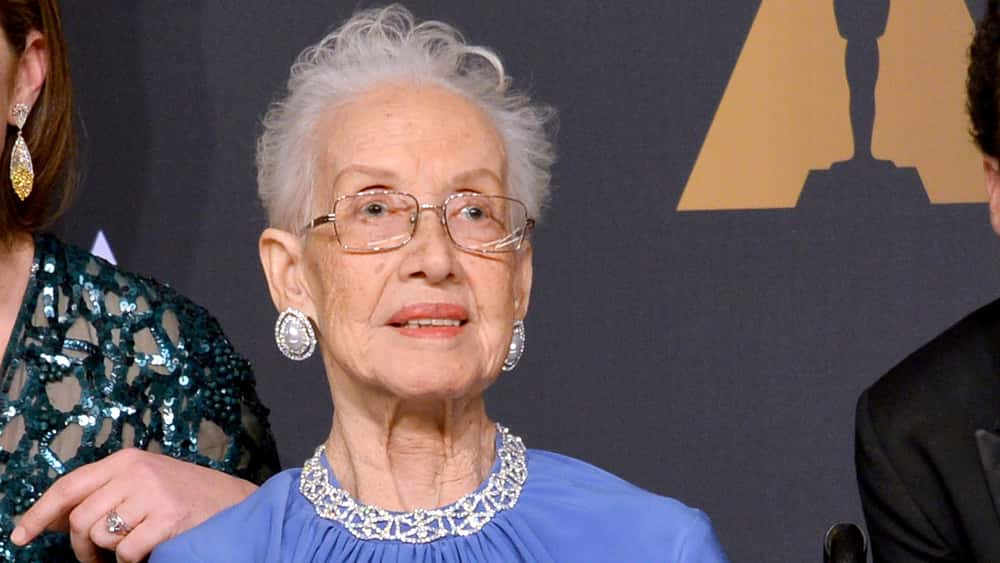
/cdn.vox-cdn.com/uploads/chorus_image/image/66364843/GettyImages_498633356.0.jpg)
She touts the careers of other accomplished Black scientists and astronauts, but of her own work, she writes, “I was just doing job.” That might seem like false modesty, but it rings true coming from a woman who didn’t invite her own daughters to her retirement luncheon at NASA because, as she writes in the book, she “didn’t want to make a big fuss.” It’s also clear that Johnson isn’t comfortable bragging about herself. But Johnson doesn’t share her own reactions to this event. Ralph Abernathy - Martin Luther King Jr.’s successor as president of the Southern Christian Leadership Conference - in objection to the taxpayer dollars spent on the space race rather than poverty relief. For instance, she describes a protest led by Rev. Readers may wish that the memoir directly offered Johnson’s unique perspective on some issues. (They protested anyway.)Īt times, however, Johnson’s historical asides seem purely expositional. She also advised her daughters not to participate in civil rights protests because she was afraid of them getting hurt or arrested. “Once I’d seen what those Negro teenagers experienced in Little Rock, I couldn’t unsee it,” she writes of the white mob violence faced by Black students integrating into a white school in Arkansas. She describes her concerns about allowing her daughters to participate in school integration. Later chapters continue zooming out from Johnson’s own experiences to historic events. These asides slow the narrative but reveal something deeper: Johnson’s immense pride in Black educational institutions and her gratitude to the Black educators who were her role models. She frequently pivots from her story to describe her teachers’ race-based struggles and the history of the Black schools she attended or served.
#KATHERINE JOHNSON NASA EMAIL WINDOWS#
Johnson uses her own educational and work experiences as windows into broader issues. Her only job offer was a teaching gig at an all-Black elementary school.

When she graduated in 1937 at age 18 with the highest GPA in her university’s history, Johnson had few employment opportunities. Readers quickly see the profound obstacles that faced educated Black people like Johnson. While in college at West Virginia State University, Johnson decided she wanted to become a mathematician. Even then, Johnson’s thirst for knowledge was palpable: She snuck out to follow her older siblings to school, peppered her parents and teachers with questions, and counted everything in sight. She retired from NASA in 1986.Her account begins with her childhood in small-town West Virginia. Johnson also verified the mathematics behind John Glenn’s orbit around the Earth in 1962 and calculated the flight trajectory for Apollo 11’s flight to the moon in 1969. Upon leaving The Flight Mechanics Branch, Johnson went on to join the Spacecraft Controls Branch where she calculated the flight trajectory for Alan Shepard, the first American to go into space in 1959. NACA became the National Aeronautics and Space Administration (NASA) in 1958. Her knowledge made her invaluable to her superiors and her assertiveness won her a spot in previously all-male meetings. Johnson was assigned to the all-male flight research division.

In 1953, she joined Langley Research Center (LaRC) as a research mathematician for the National Advisory Committee for Aeronautics (NACA). However, family issues kept her from completing the required courses. Johnson was one of the first African Americans to enroll in the mathematics program. In 1940, she attended West Virginia University to obtain a graduate degree. degree in French and mathematics in 1932 from West Virginia State University (formerly West Virginia State College). She attended West Virginia State High School and graduated from high school at age fourteen. Her father moved Johnson’s family to Institute, West Virginia, which was 125 miles away from the family home so that Johnson and her siblings could attend school. From a young age, Johnson enjoyed mathematics and could easily solve mathematical equations. Her mother was a teacher and her father was a farmer and janitor. Katherine Johnson was born on Augin White Sulphur Springs, West Virginia to Joylette and Joshua Coleman.


 0 kommentar(er)
0 kommentar(er)
